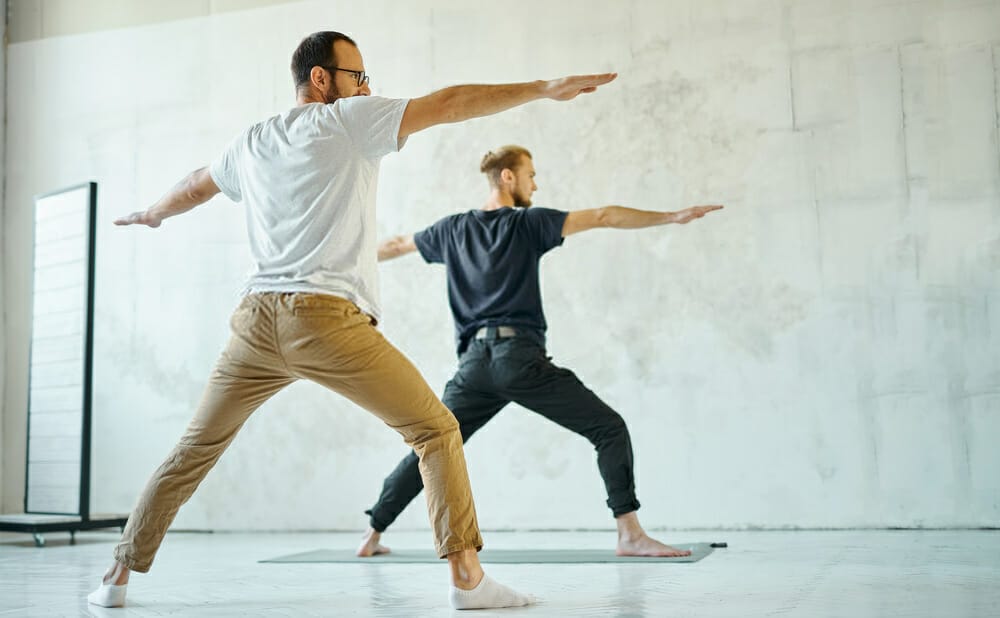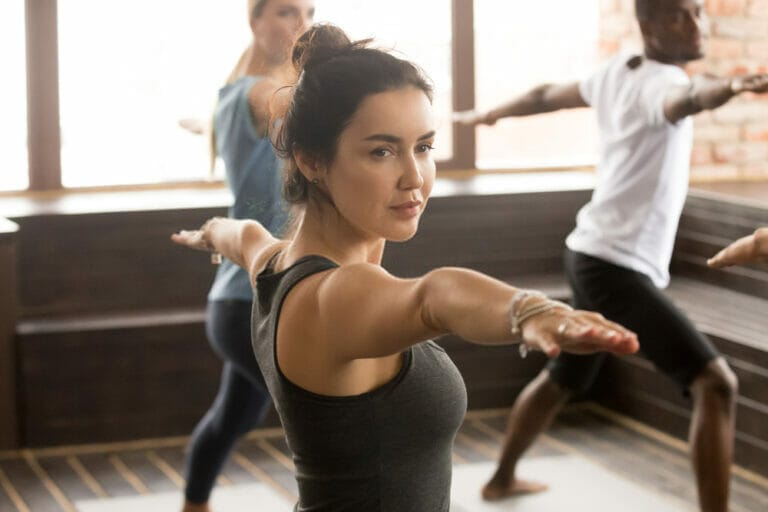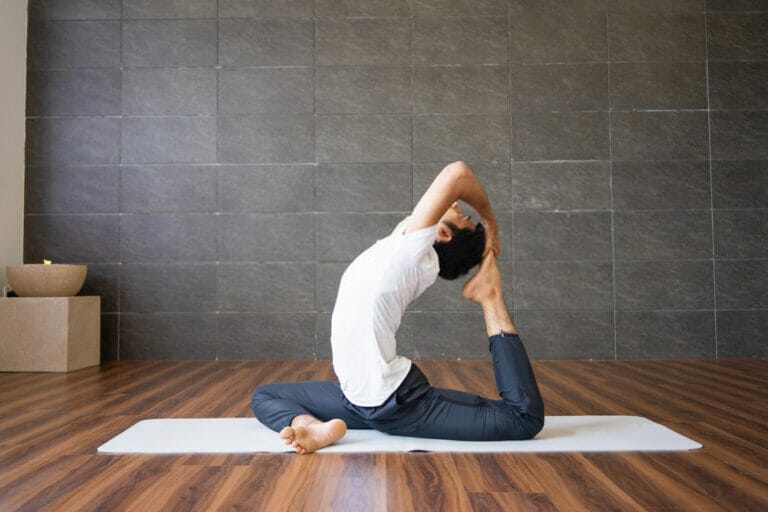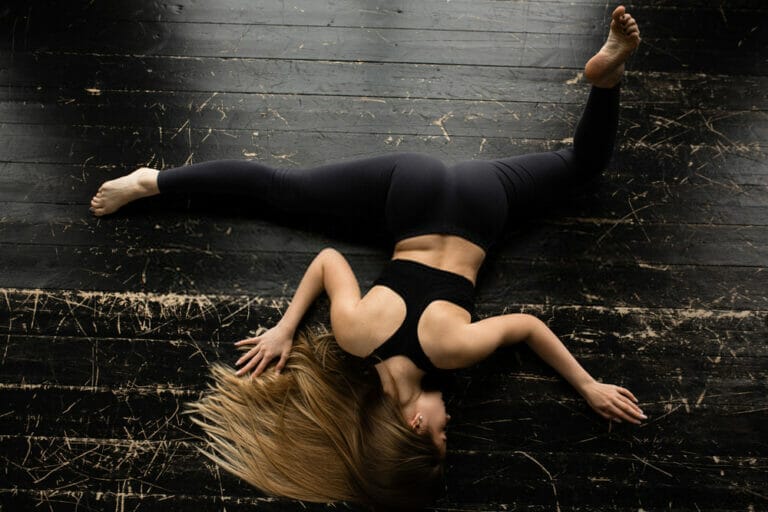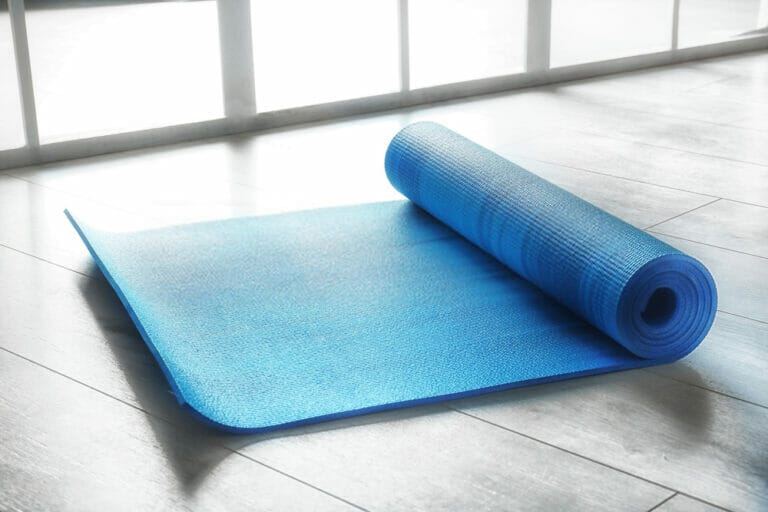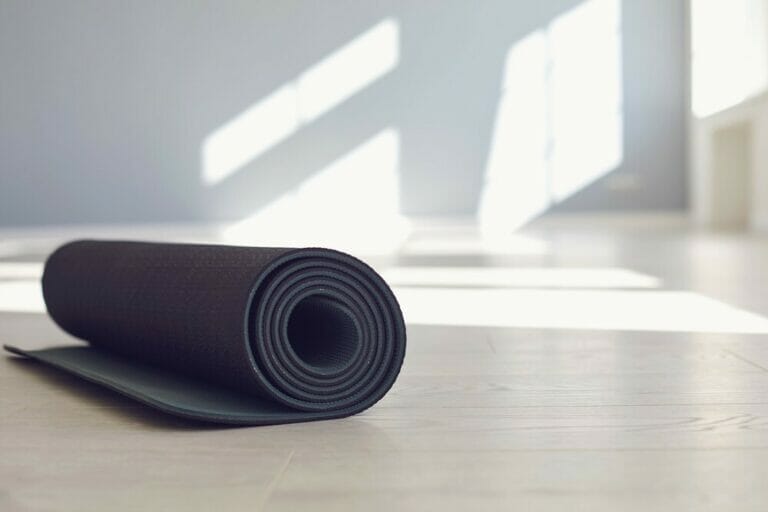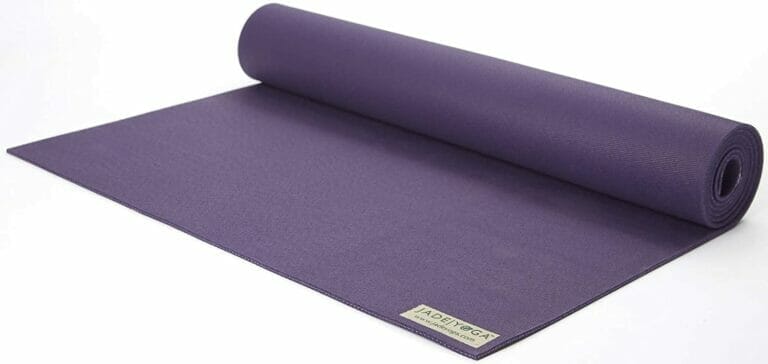Teaching Hatha Yoga in a class: What You Need To Know
There are many different styles of yoga.
Hatha yoga is the most popular style of yoga taught today. It is a great all-around exercise for beginners as well as those who are more advanced.
It is a very safe style of yoga too. No equipment is required. All you need is a room with a hard surface like a floor, a wall, or a cement slab. And of course, you need to know how to do it.
In this blog, I will tell you the basic steps to teaching a hatha yoga class. In addition, it will give you the tools to teach your lesson. So let’s get to it!
Step 1: Duration of the class
The first thing you must decide upon is the amount of time you want your class to last. Generally, a hatha yoga class lasts about an hour.
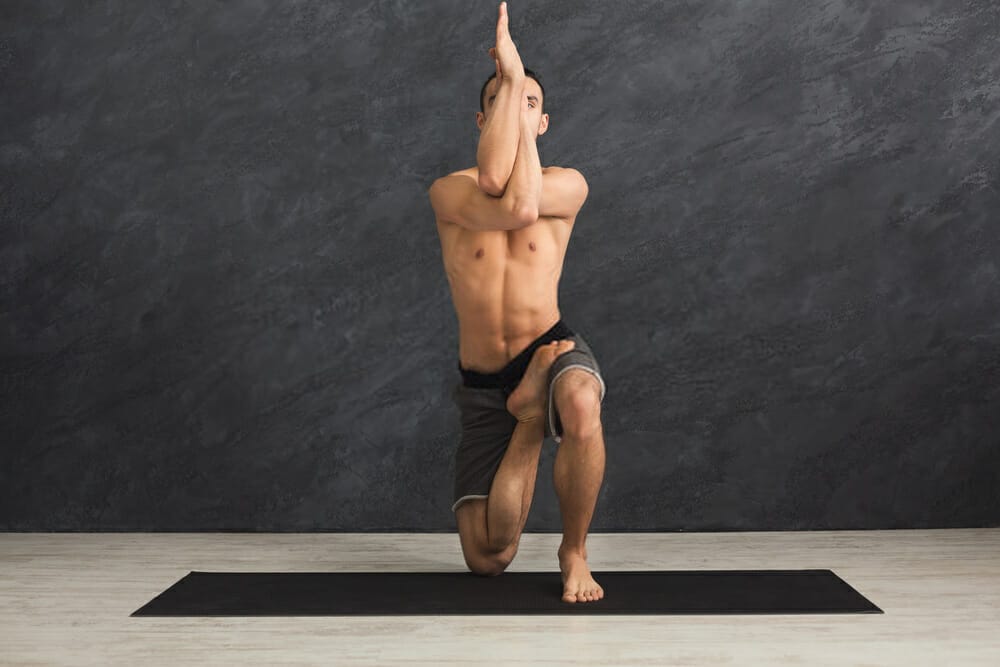
However, teaching a beginner's class should be shorter because beginners benefit from shorter workouts. Therefore, a general intro to hatha yoga class can be as brief as 40 minutes long.
Step 2: Who is the audience?
The next step is deciding who you will be teaching this class to. Since there are different styles of yoga, your audience will vary based on which type you choose to teach them.
For example, if you are teaching a hatha yoga class, you will train beginners. On the other hand, if you teach a full-body yoga class, you will train both beginners and more advanced students.
Step 3: Start the class with a warm-up.
No matter the style of yoga, every class should start with a warm-up. The purpose of an introduction is to get the blood flowing through the body before going into more strenuous activity.
A great way to do this is to have students walk around the room and breathe correctly.
Step 4: Teach basic poses for beginning students.
Once students are warmed up, it is time for them to learn the basic poses of yoga. It will be different for each style.
For hatha yoga, I like to teach these poses: Mountain pose, standing forward bend, seated forward bend, child's pose, and lying back.
If you have more time, you can teach headstands and handstands as well. Sun salutations are a great way to start your class as well!
Step 5: Move on to standing postures
Once people have learned the basics of standing postures, it is time to move on from those. I tend to teach more standing poses since these are not as strenuous on the body.
I typically teach standing forward bend, standing tree, camel pose, warrior 1, warrior 2, bow pose, cobra pose, and side-angle pose. Again if you have time, you can teach crow's nest and shoulder stands as well.
Step 6: Move on to seated poses
Once students have learned the basic poses, they can move on to more advanced poses. I tend to teach mostly seated poses because these are more advanced poses and do not focus on the breath as standing poses.
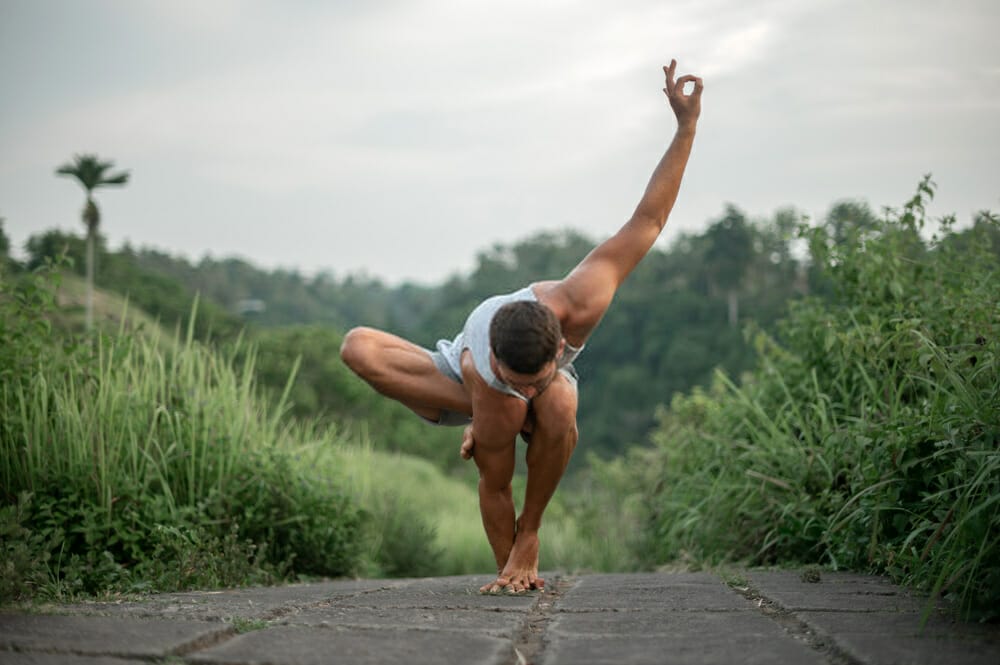
When it comes to seated poses, I teach tabletop pose, lotus pose, and tabletop warrior pose.
Step 7: Do not push the students
The final step involves making sure the students do not push themselves too much. With hatha yoga, you want to push yourself but not overdo it.
Because hatha yoga is more accessible than other styles, you need to be especially careful with this step.
Step 8: Include the final pose!
And lastly, end the class with the final pose. All hatha yoga classes should end with savasana (corpse pose).
It is where students should relax and breathe deeply. Shavasana allows your body the chance to fully absorb all it has experienced after an hour of hard work.
Step 9: Encourage them!
Once the class is over, let them know how well they did and encourage them to practice regularly. Then, have them sign up for next week’s class.
You are now ready to teach your yoga class!
Tips for teaching a great class
To ensure that your class is successful, practice teaching it. It will give you the confidence to teach with minimal mistakes. Here are some tips that may help you:
- Make sure you have a good table for students to set their mat on
- Do not make your students sit down for an hour
- Learn which poses are best for beginners and advanced students in hatha yoga class.
- Allow questions from students before you move on to the next pose
- Make sure the class is not too strenuous.
- Have a good playlist to keep the students pumped
- Plan your class, so you will know how much time is left
All of these ideas will help ensure that your yoga class is a great one.
Conclusion
The primary key to teaching yoga is patience. Remember that people are coming to yoga for different reasons and with varying levels of experience. However, they all share the same goal, which is to feel better.
I hope this blog helps you to be an excellent yoga instructor!

